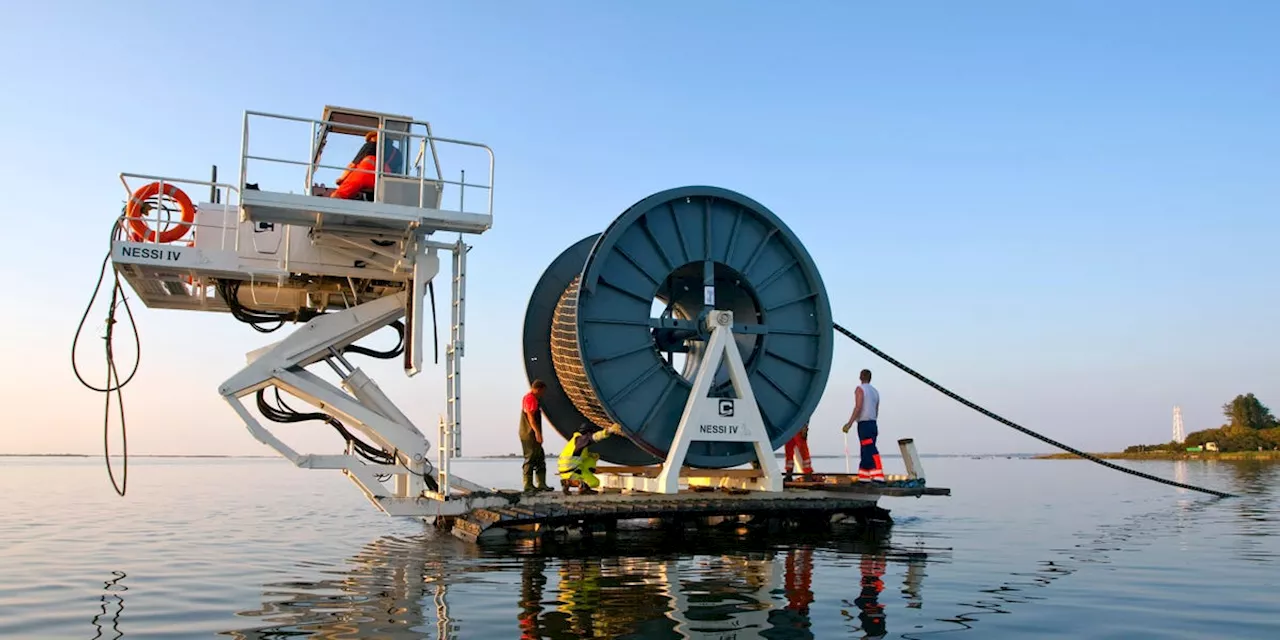A series of mysterious incidents involving undersea cables, the backbone of global financial transactions, has heightened concerns about their vulnerability. Experts warn of the potential for widespread disruption to banking, communication, and internet services if these critical lifelines are damaged.
While a significant portion of banking and trading has transitioned to a digital landscape, the global financial system remains heavily reliant on an extensive network of undersea cables that crisscross the ocean floor. These cables facilitate approximately $10 trillion worth of transactions daily, powering Wall Street's global trading and communication operations.
For decades, these cables, many with a diameter comparable to a garden hose, have operated silently and effectively beneath the world's oceans, receiving minimal public attention. However, a series of recent mysterious incidents involving these crucial cables has brought them into the spotlight, prompting heightened security measures and concerns among Wall Street security leaders and consultants.Several incidents have occurred in recent months, with tankers dragging their anchors severing undersea cables in the Baltic Sea and East China Sea. European officials have accused Russia of sabotaging the infrastructure, while Taiwan has expressed suspicion that China is responsible for the damage off its northern shores. These cables form a vast network spanning approximately 745,000 miles, transmitting 95% of the world's data. Disruptions to even a few subsea cables can have significant consequences, as demonstrated by instances where islands comparable in size to Taiwan have been completely disconnected from communication, internet, and banking services.The potential impact of damaged cables on financial institutions is far-reaching, particularly in the context of a increasingly interconnected global economy. According to Valerie Abend, Accenture's global financial services cybersecurity lead, central banks, large commercial and investment banks, and major payment companies rely heavily on these cables for transnational payments, foreign currency exchanges, and credit-card processing. Hedge funds and investment firms depend on these cables for trade clearing and settlement, along with the pricing and volume data they utilize to make informed investment decisions. Even newer technologies, such as the public cloud, rely on these undersea cables to distribute compute loads across data centers. Cameron Dicker, director of global business resilience at the Financial Services Information Sharing and Analysis Center (FS-ISAC), emphasizes that the entire financial sector is vulnerable to subsea cable disruptions.The recent string of incidents, occurring amidst rising geopolitical tensions and suspicions of malicious intent, has cybersecurity leaders deeply concerned about the vulnerability of this critical infrastructure that underpins much of the modern banking ecosystem. Acknowledging the inherent weakness, experts maintain that the public and private sectors must collaborate to ensure the resilience of the existing infrastructure. However, repairing and replacing these cables is an expensive and time-consuming endeavor. For numerous information security leaders on Wall Street, this represents yet another challenge in a long list of threats they must defend against. The FS-ISAC, a nonprofit organization dedicated to strengthening financial infrastructure resilience, has identified risks associated with subsea cables as a key area of focus for 2024, according to Dicker, who has held positions at the US Department of Treasury and Federal Reserve in incident management and response roles. The organization published a report in December highlighting the threat of subsea cable disruptions, demonstrating that financial services remain acutely aware of this potential risk.'There's a growing sense of urgency,' Abend stated, 'as the world increasingly depends on this critical infrastructure.' To mitigate the risk of severed subsea cables, which are typically owned and operated by private infrastructure providers, major telecommunications companies, or tech giants like Google and Meta, several options are being explored. Redundancy in the number of cables is paramount. While there are approximately 530 subsea cables as of September 2024, according to a recent FS-ISAC report, an estimated 100 to 150 of these cables are damaged annually. Cable repairs are hazardous undertakings requiring specialized equipment and a dwindling pool of skilled workers. Furthermore, the repair process is time-consuming, taking an average of 40 days in 2023, as per the FS-ISAC report. Laying new cables is a costly proposition, ranging from $30,000 to $50,000 per kilometer. Abend suggests that developing innovative methods for monitoring and preventing cable damage is a promising avenue for risk mitigation. In January, NATO announced the deployment of ships, aircraft, submarine satellites, and naval drones to monitor and protect cables in the Baltic Sea.Abend emphasizes the need for collaboration between critical public and private sectors, such as banking, telecommunications, and government, to establish a prioritization schedule for rerouting the most critical traffic and transactions to alternative cables in the event of a cable disruption. This coordinated approach is crucial to ensure the continued functioning of critical financial systems and minimize the impact of potential disruptions
Cybersecurity Finance UNDERSEA CABLES CYBERSECURITY FINANCIAL INFRASTRUCTURE GLOBAL FINANCE DATA TRANSMISSION CRITICAL INFRASTRUCTURE Geopolitical Tensions NATO FS-ISAC
United States Latest News, United States Headlines
Similar News:You can also read news stories similar to this one that we have collected from other news sources.
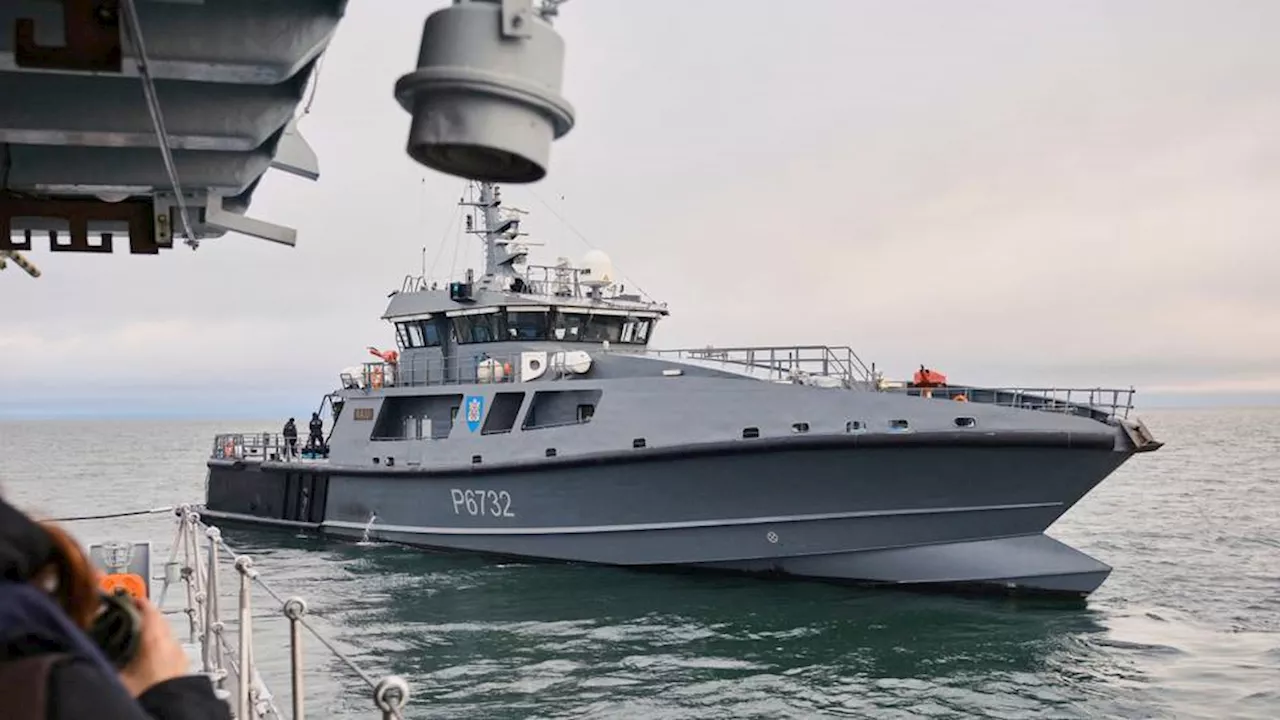 NATO Launches Baltic Sentry Mission to Protect Undersea CablesNATO has announced a new mission, Baltic Sentry, to safeguard critical undersea cables in the Baltic Sea region. The mission comes amid growing concerns about potential sabotage and other destabilizing activities in the area.
NATO Launches Baltic Sentry Mission to Protect Undersea CablesNATO has announced a new mission, Baltic Sentry, to safeguard critical undersea cables in the Baltic Sea region. The mission comes amid growing concerns about potential sabotage and other destabilizing activities in the area.
Read more »
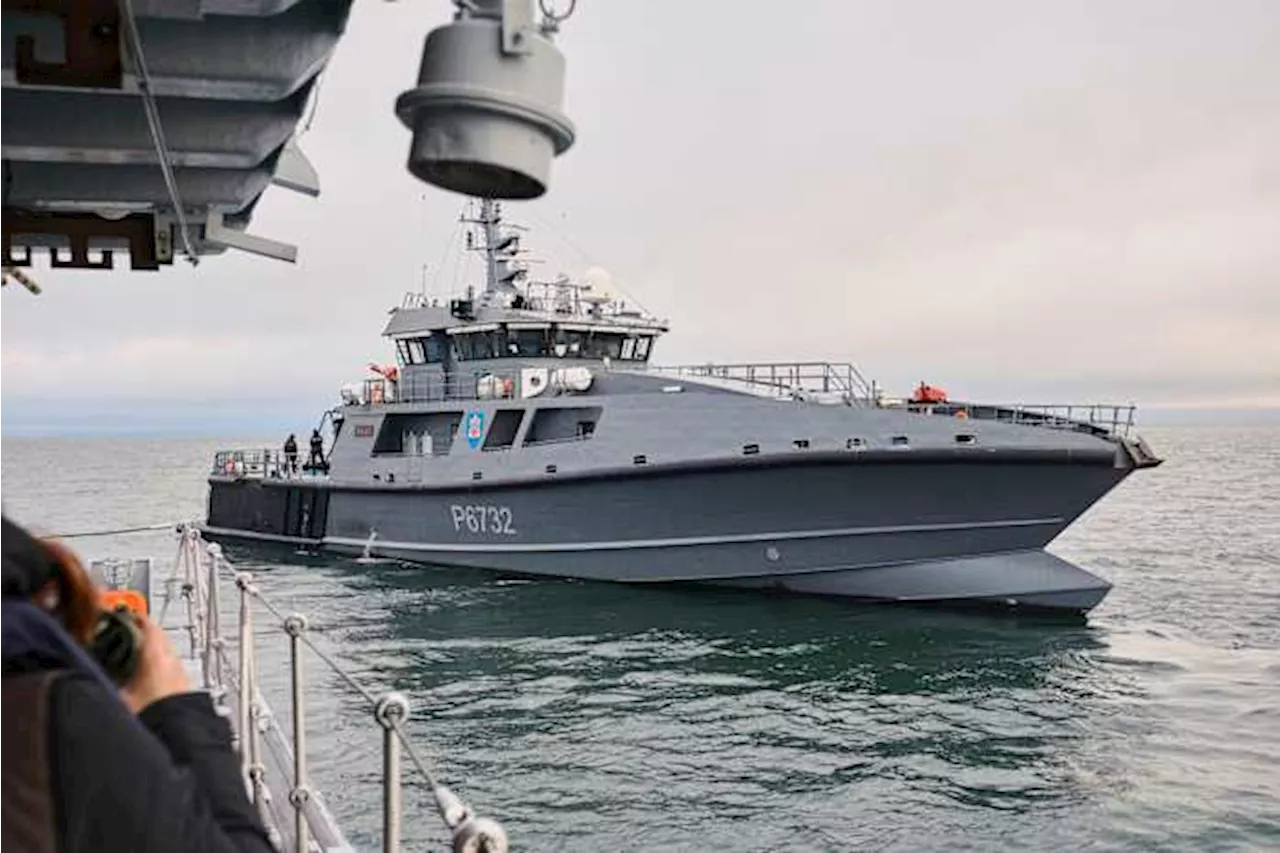 NATO announces a new mission to protect undersea cables in the Baltic Sea regionNATO Secretary-General Mark Rutte says the alliance is launching a new mission to protect undersea cables in the Baltic Sea region.
NATO announces a new mission to protect undersea cables in the Baltic Sea regionNATO Secretary-General Mark Rutte says the alliance is launching a new mission to protect undersea cables in the Baltic Sea region.
Read more »
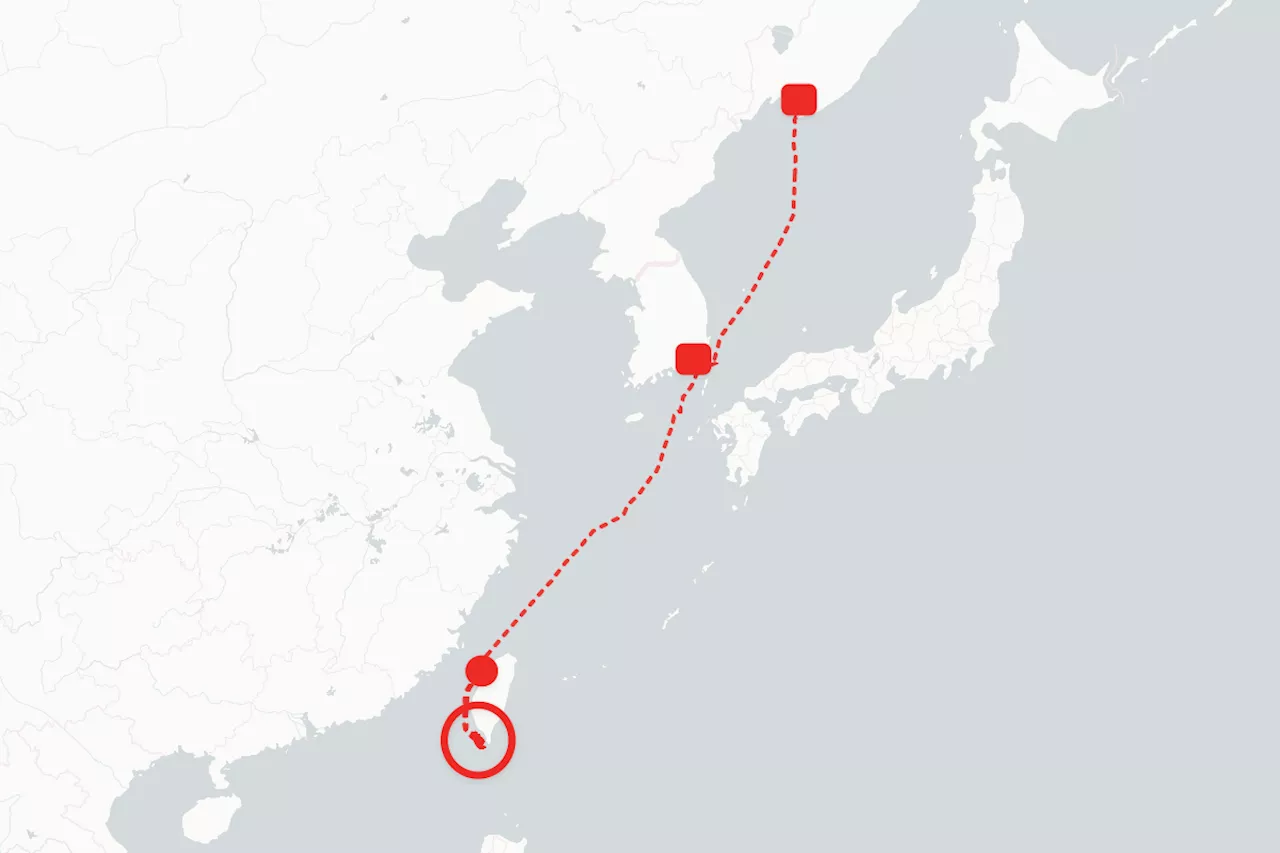 Russian Cargo Vessel Loiters Near Taiwan's Undersea Cables, Sparking Sabotage ConcernsA Russian cargo vessel, Vasily Shukshin, raised alarm by loitering near Taiwan's undersea communication cables for weeks. While it has since returned to Russia, the incident fuels growing fears of potential Russian sabotage targeting critical global infrastructure.
Russian Cargo Vessel Loiters Near Taiwan's Undersea Cables, Sparking Sabotage ConcernsA Russian cargo vessel, Vasily Shukshin, raised alarm by loitering near Taiwan's undersea communication cables for weeks. While it has since returned to Russia, the incident fuels growing fears of potential Russian sabotage targeting critical global infrastructure.
Read more »
 NATO Launches Baltic Sentry Mission to Protect Undersea CablesNATO deploys a new mission, Baltic Sentry, to safeguard critical undersea cables in the Baltic Sea, amid growing concerns over their vulnerability to sabotage and disruption.
NATO Launches Baltic Sentry Mission to Protect Undersea CablesNATO deploys a new mission, Baltic Sentry, to safeguard critical undersea cables in the Baltic Sea, amid growing concerns over their vulnerability to sabotage and disruption.
Read more »
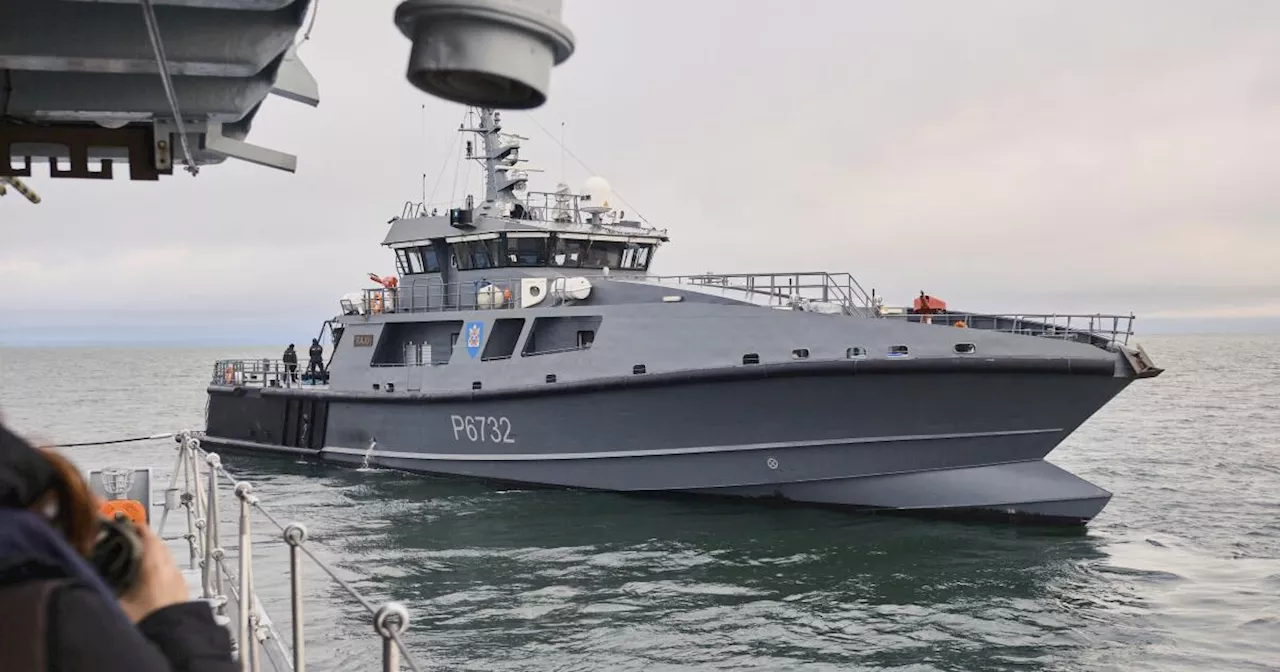 NATO Launches Baltic Sentry Mission to Protect Undersea Cables from Russian SabotageNATO is launching a new mission, Baltic Sentry, to protect undersea cables in the Baltic Sea from potential Russian sabotage and espionage following a series of concerning incidents. The mission will involve frigates, maritime patrol aircraft, and naval drones to enhance surveillance and deterrence in the strategically important region.
NATO Launches Baltic Sentry Mission to Protect Undersea Cables from Russian SabotageNATO is launching a new mission, Baltic Sentry, to protect undersea cables in the Baltic Sea from potential Russian sabotage and espionage following a series of concerning incidents. The mission will involve frigates, maritime patrol aircraft, and naval drones to enhance surveillance and deterrence in the strategically important region.
Read more »
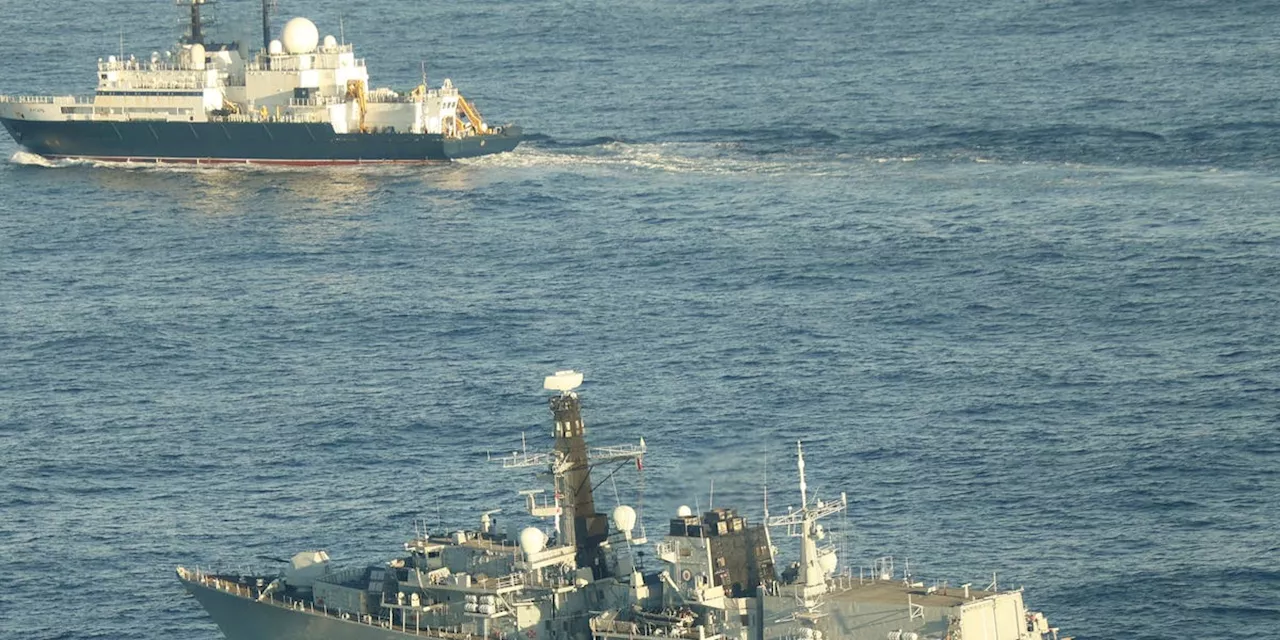 UK Detains Russian Spy Ship Near Undersea CablesA UK submarine tracked a Russian spy ship near critical undersea cables in British waters last fall and forced its departure. This week, the same vessel, the Yantar, was spotted again near British waters, prompting accusations from UK Defense Secretary John Healey of mapping UK infrastructure for intelligence gathering. Healey deployed Royal Navy vessels to monitor the Yantar and authorized a submarine to surface near the ship as a deterrent. This incident highlights increasing concerns about hybrid warfare and threats to critical undersea cables.
UK Detains Russian Spy Ship Near Undersea CablesA UK submarine tracked a Russian spy ship near critical undersea cables in British waters last fall and forced its departure. This week, the same vessel, the Yantar, was spotted again near British waters, prompting accusations from UK Defense Secretary John Healey of mapping UK infrastructure for intelligence gathering. Healey deployed Royal Navy vessels to monitor the Yantar and authorized a submarine to surface near the ship as a deterrent. This incident highlights increasing concerns about hybrid warfare and threats to critical undersea cables.
Read more »
